First DTCC 3-day professional education course – Digital Sustainable Built Environment launched
A successful launch of a new course format for professional education by the DTCC in collaboration with the Department of Architecture and Civil Engineering at Chalmers.
In November 2021, the first DTCC professional education course on Digital Sustainable Built Environment hosted 50 participants representing a wide range of stakeholders from architects, urban planners, engineers, to software developers, researchers, and consultants. On three Fridays, the participants had the chance to listen to lectures by international experts in the morning and then explore new digital tools hands-on in workshops and discuss the potential and challenges of digitalisation in their field in the afternoon.
Day 1: Digitalisation and Visualisation for a sustainable built environment
Day 1 started by an introduction to the current state of the built environmental with regards to climate change, circular economy and digitalisation by Holger Wallbaum, Professor and research group leader for Sustainable building at Chalmers Department for Architecture and Civil Engineering (ACE). Michela Magas, Chair of the Industry commons and Member of the High-Level Round Table for the New European Bauhaus of the European Commission, gave an overview of the digitisation progress of raw materials, products, production and distribution. She also provided compelling examples of how digitalisation disrupted other industries e.g., the music industry. Anders Logg, Director of the DTCC, introduced Digital Twins of Cities and showed many recent examples of applications for analysis. The highlight of the day was a Virtual Reality (VR) workshop in the afternoon at Visual Arena in Lindholmen Science park (https://visualarena.lindholmen.se/). The participants explored the application of VR for three different use cases including urban design, air quality, and construction management. Toivo Säwén, architectural engineer and PhD student, said “The multi-stakeholder collaboration in VR was eye-opening! I can directly imagine using this in the next meetings.” The final discussion revealed many potentials of applying the VR-technology in the different work environments of the participants, however, also showed challenges that need to be solved before VR becomes easily accessible for everyone.
Day 2: Digital approaches for social sustainability
Day 2 focused on social sustainability. Sanjay Somanath, PhD student at ACE showcased citizens’ important everyday amenities by the example of searching a new apartment. His work on developing an integrated urban model will enable planners to analyse which part of the population is able to complete which tasks in the city with which transportation mode early in the design process. Liane Thuvander, Professor in Architecture and sustainable building linked this quantitative analysis to qualitative data and digital approaches for co-design. This provided the basis for the afternoon workshop where the participants could test a mapping tool to collect geo-located, site specific data including descriptions of perceptions of objects, images, videos, and sound recordings. This mapping exercise generated a lot of ideas for potential novel applications, which were further discussed in groups. The workshop reflections pointed at the need to better integrate social data in planning and design processes.
Day 3: Digital twins for circularity
Day 3 explored the use of digital twins to support circularity in the built environment. Jorge Gil, Associate Professor, and Jonathan Cohen, PhD student, provided the foundation by introducing City Information Modelling (CIM) as a conceptual framework for the digitalisation of the urban planning and design process, and by presenting different examples of projects that use digitalisation to advance circular strategies in cities. Leonardo Rosado showed results regarding barriers and drivers for circular strategies based on surveys with Swedish stakeholders. In the afternoon workshop, the participants explored the reuse and recycling opportunities of building materials and elements with the concrete example of a school building in the Ale municipality. The workshop revealed shortcomings in the availability of digital information, challenges through data information ownership and willingness/incentives of data information provision. It also sparked high interest among participants who had never been directly involved with reuse and recycling of buildings.
Future development
Challenges of availability and the sharing of data was a common theme that came up on every workshop day. The founder of WINNIIO and Digital Twin Implementation Specialist, Nicolas Waern summarized the current situation in Sweden: “Sweden is one of the worst countries in Europe when it comes to leveraging open data. Where the gap to being able to use AI from where we are now, is quite far away due to the many challenges with interoperability. And it has less to do with the technical readiness of systems, and more about the quality and context of data, and even more so about the lack of organizational interoperability when it comes to having processes where people from different domains, and organizations working together.”
Jorge Gil agrees with the focus on people “It is indeed fundamental to stress the importance of people (and organisations) in all this. That is probably the greatest challenge of all, since technological solutions exist. We need to identify and develop people solutions.”
This course was a starting point for further professional education offers by the DTCC in the coming years. 93% of the participants stated a need for such courses in the final survey. We look forward to extending the program soon. Stay tuned!
For more information please contact:
Alexander Hollberg, alexander.hollberg@chalmers.se
Holger Wallbaum, holger.wallbaum@chalmers.se

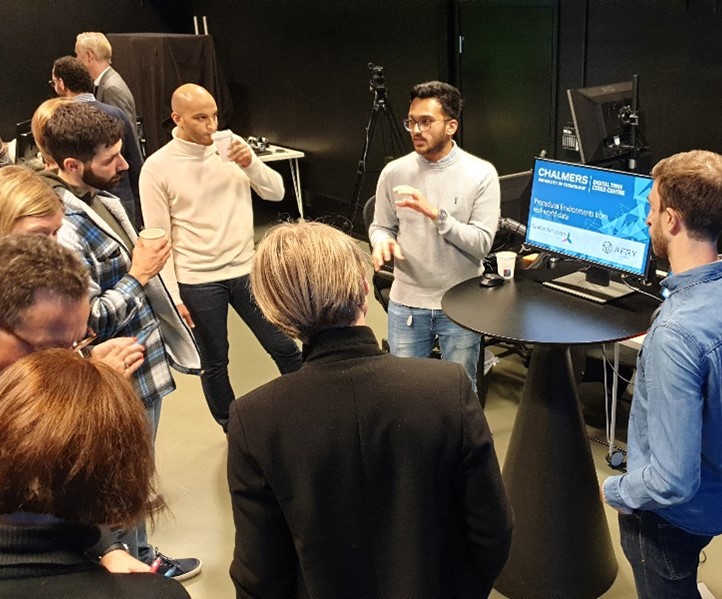
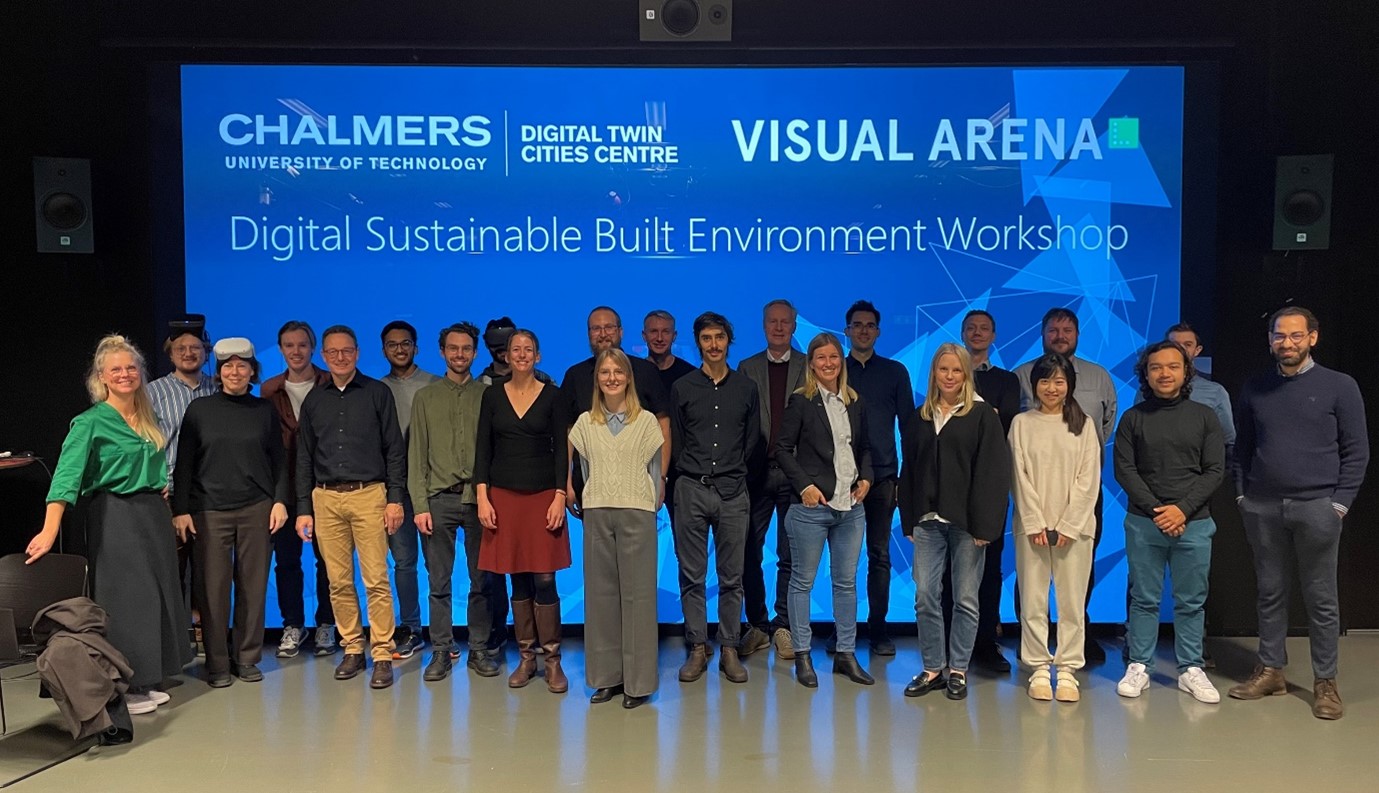

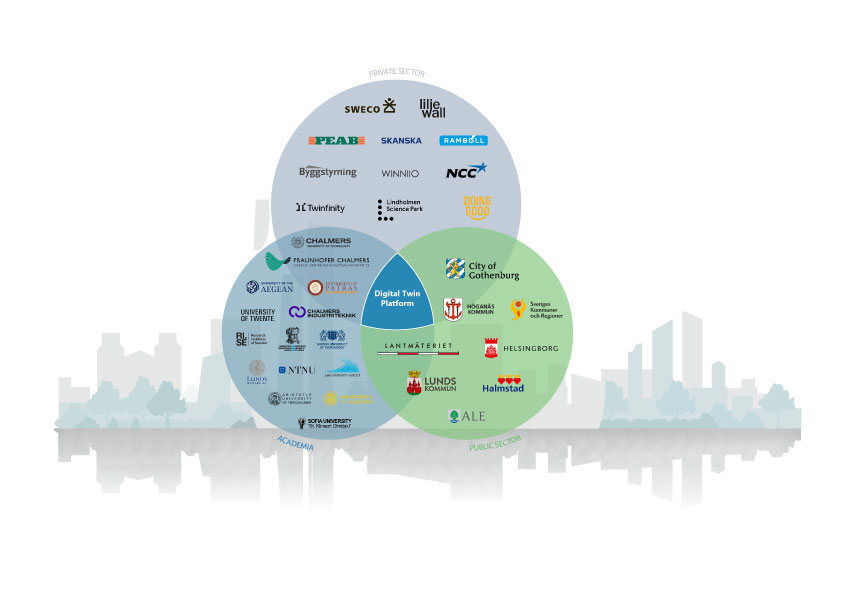
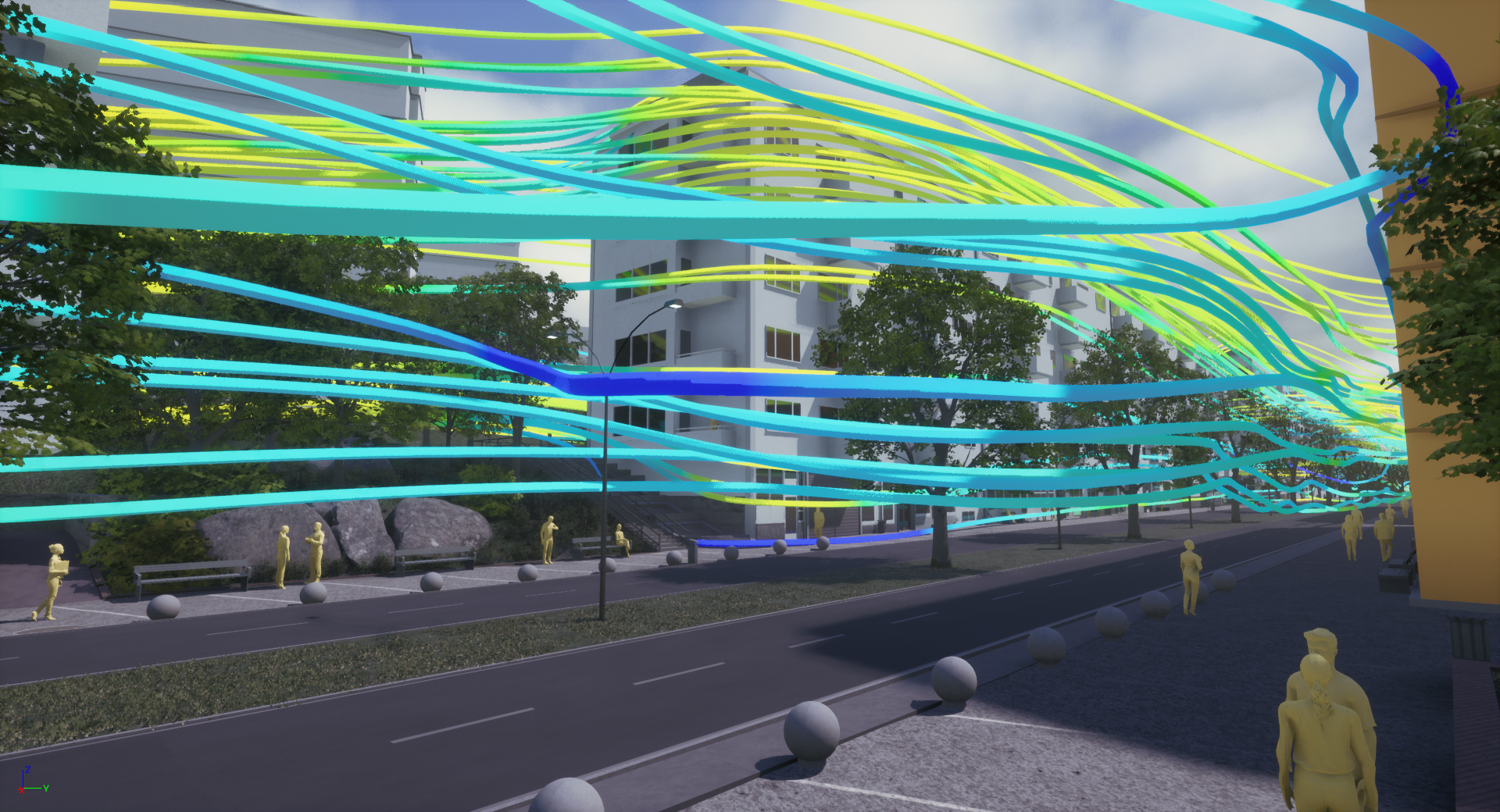

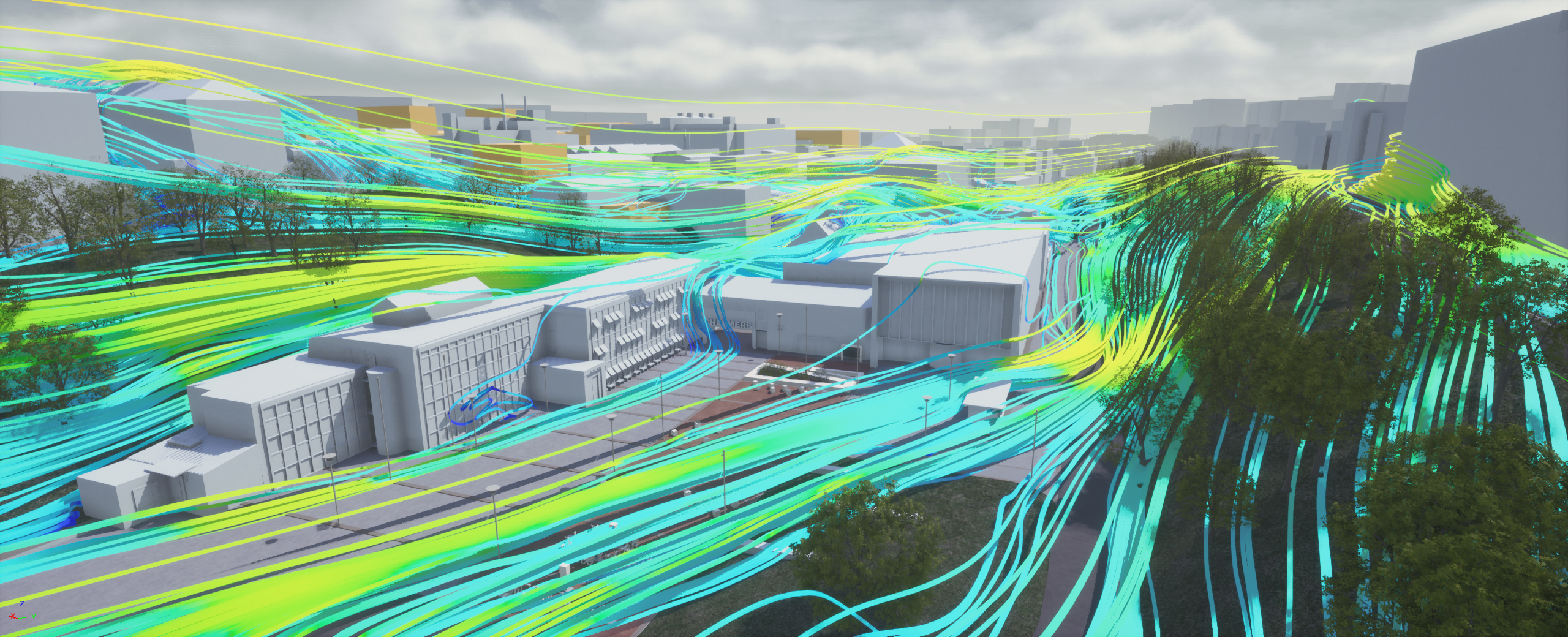


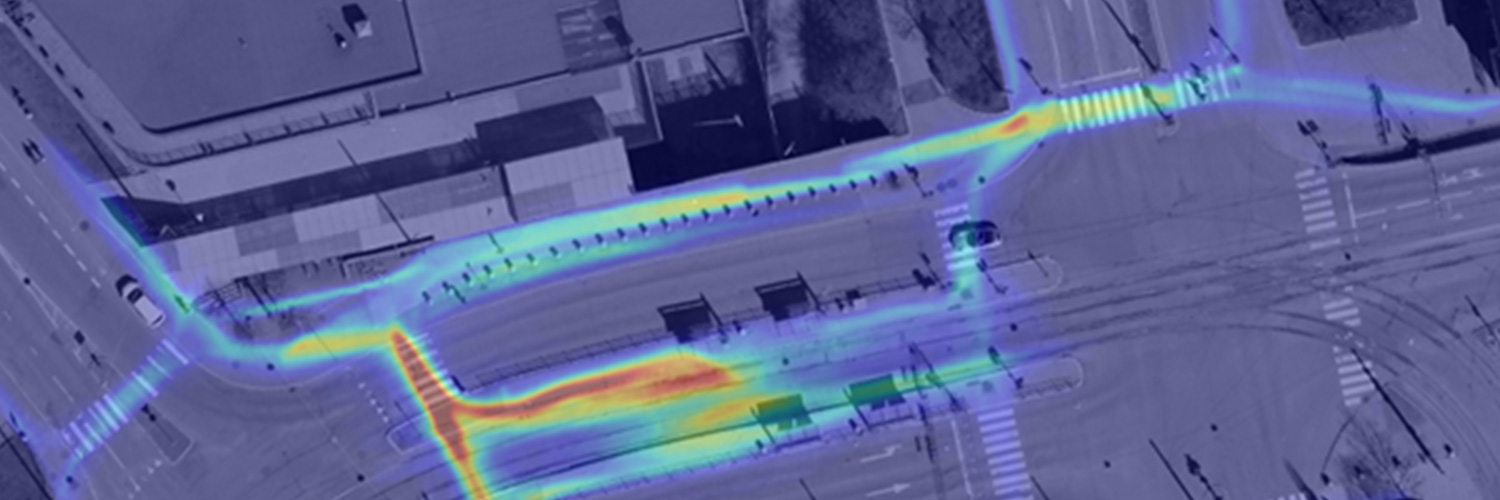
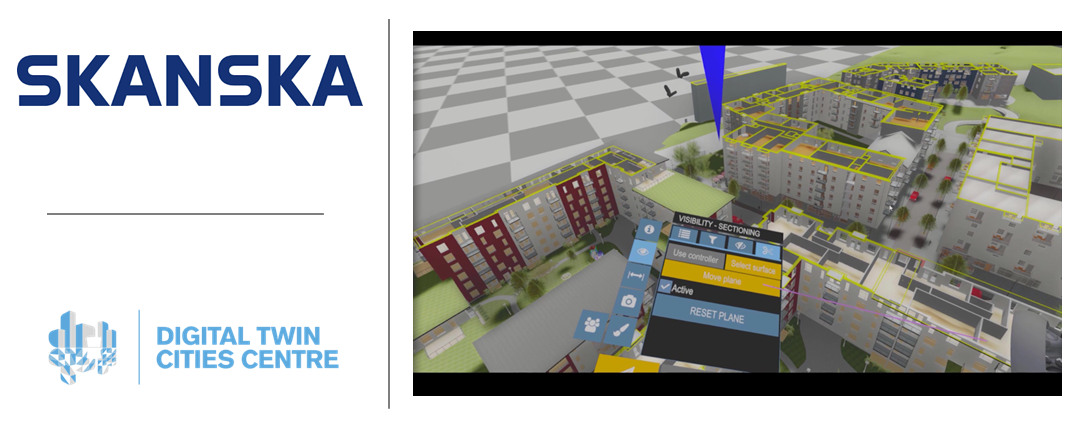
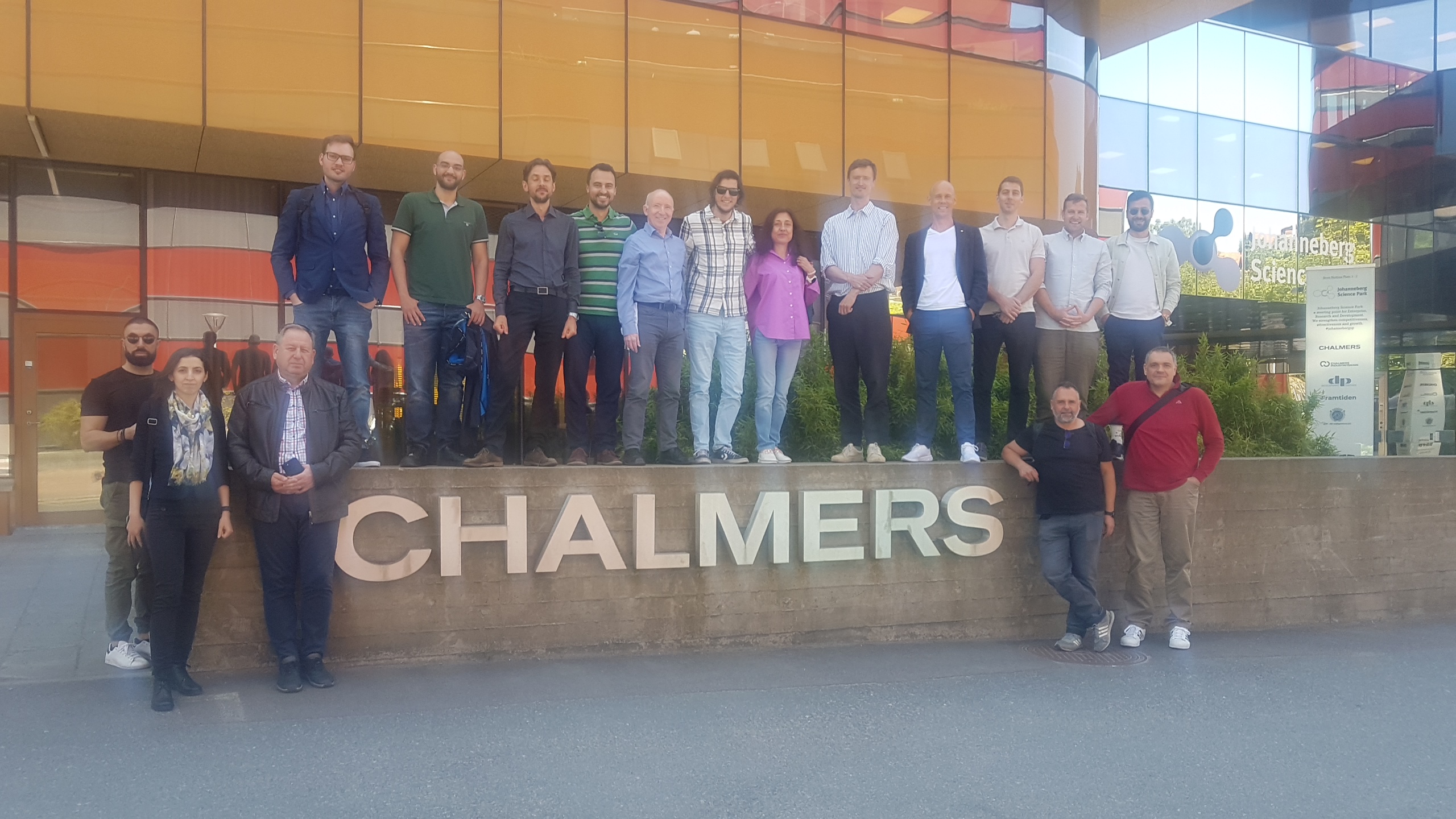
Related Posts